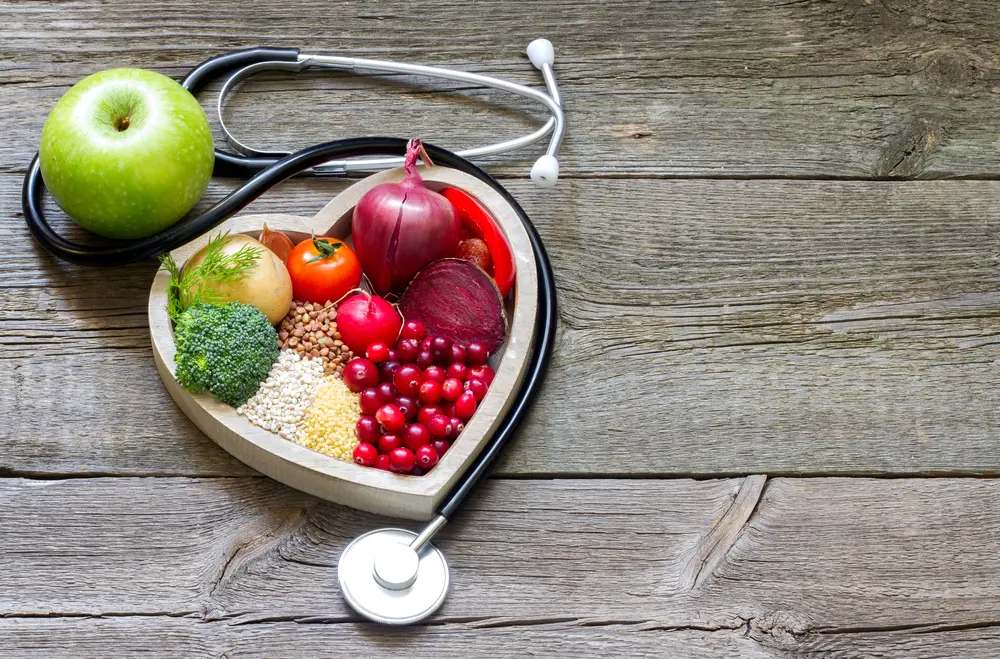
Children's Hospital at Westmead: POTS case study
Postural Orthostatic Tachycardia Syndrome (POTS) is a condition which can have a dramatic impact on day-to-day life. Andrew Fyffe, an exercise physiologist from the Children’s Hospital Institute of Sports Medicine (CHISM), at The Children’s Hospital at Westmead, describes the experience of one of CHISM’s patients and discusses the topic of POTS to help provide some understanding into this complex condition.
Partnership News
Introduction
Postural Orthostatic Tachycardia Syndrome (POTS) is a condition which can have a dramatic impact on day-to-day life. POTS is more commonly reported in girls compared to boys, and tends to arise around adolescence/early adulthood. The prevalence of POTS is not currently known. In the article below, Andrew Fyffe, an exercise physiologist from the Children’s Hospital Institute of Sports Medicine (CHISM), at The Children’s Hospital at Westmead, describes the experience of one of CHISM’s patients and discusses the topic of POTS to help provide some understanding into this complex condition.
Meet Olivia
Without warning during a soccer match, Olivia started to feel dizzy and light-headed, then dropped to her knees. This was the start of a series of progressively worsening episodes which caused Olivia’s condition to rapidly deteriorate over the coming weeks. Six weeks following the initial event, Olivia sat in a wheelchair while pushed into CHISM by her mother. Within only a few minutes, Olivia passed out in front of me, the first of many such incidents to occur throughout the consultation.
The Autonomic Nervous System
The nervous system is the body’s ‘control centre’ and is responsible for our movements and bodily functions. When our brain sends out signals, voluntary movements – things like walking, waving our hands and throwing a ball – are guided by the Somatic Nervous System. There are, however, many other processes within the human body that we do not have control over and these are controlled by the Autonomic Nervous System (ANS). Things like our lungs expanding and contracting, our heart beating, and food being digested do not require any conscious thought and are entirely automatic. The ANS also adapts to our body’s changing demands – for example, when we run, our muscles require more oxygen so our heart starts to beat faster. Dysautonomia is a condition which describes an improper functioning of the ANS. Oftentimes, those with dysautonomia will be subjected to a cluster of related issues – for example digestive issues, problems with controlling their temperature, incontinence and shortness of breath. Even something as seemingly innocuous as standing up from a seated position requires input from the ANS, so if the ANS is not working as it should, this process can become problematic. Although there is not always a clear cause of dysautonomia, there may be a genetic link and/or it may be associated with the presence of other illnesses (such as viral infection) or injuries (such as concussion).
What is POTS?
Think about if you held a half-filled water bottle on its side, where the water is distributed across the length of the bottle from base to lid. When you turn it upright, gravity causes the water to quickly drop to the bottom. If you then squeeze the bottle, the water will shoot up to the top. The same process happens when we stand up, with our blood dropping down to our feet and legs. Since our brain requires the oxygen that is transported via our blood, our body needs to rapidly recirculate the blood that has dropped and it does this by constricting (or squeezing) blood vessels in the lower body to push the blood upwards. For those with dysautonomia, the signal to tell your blood vessels to constrict may not be received, and therefore the heart starts to rapidly accelerate to pump blood around the body and up to the brain. The classification for those who experience this phenomenon is Postural Orthostatic Tachycardia Syndrome (POTS) and is defined by a heart rate increase of 30 beats per minute in adults, or 40 beats per minute in children, within 10 minutes of standing. In addition to this rise in heart rate, those with POTS will often experience a number of symptoms when they stand up or engage in physical activities, caused by the inability of the ANS to respond appropriately to the body’s changing demands.
|
Signs and symptoms commonly experienced by people with POTS |
|
|
- Dizziness |
- Chest or abdominal pain |
|
- Fainting or feeling light-headed |
- Headaches or body aches |
|
- Blurry vision |
- Feeling anxious, nervous or jittery |
|
- Nausea or vomiting |
- Brain fog or trouble focusing |
|
- Feeling your heart racing |
- Feeling excessively hot or cold |
|
- Extreme fatigue |
- Sleep disturbances |
Olivia’s progress
Due to Olivia’s frequent fainting episodes, she became mostly confined to a wheelchair when out and about for fear of falling and hitting her head. This meant that Olivia was ultimately unable to perform one of the typical assessments used at CHISM when examining patients with POTS – a graded exercise test on a treadmill. It was, therefore, our goal to help Olivia adapt some simple strategies to improve her function enough that exercise could become a viable option for management. Guidelines around diet and hydration were discussed with Olivia, in particular ensuring she was drinking 2-3 litres of water per day, as well as the use of compression tights which are believed to improve symptoms by increasing blood return from the veins in the legs.
Additionally, Olivia was provided with exercises that she could perform while lying down and advised to perform them in the morning before getting out of bed as well as intermittently throughout the week. The purpose of these exercises were to promote circulation of blood prior to standing up, to retrain the ANS to respond appropriately to increased energy demands, and to reduce deconditioning occurring as a result of Olivia’s inability to engage in typical levels of physical activity.
Air Cycling

Lift your feet up into the air and move them back and forth as if you were riding a bike. Maintain this for 30 seconds.
Bridge Marching

Start with your feet down and legs bent at 90 degree angles, then raise your hips up so that your body is in a straight line from your shoulders to your knees. Raise your foot up and point your knee towards the ceiling, and then repeat on the other side. Perform this 20 times.
Flutter Kicks

Keep your legs straight and raise them up to about 45 degrees, then move up and down in an alternating motion similar to how you would kick while swimming. Maintain for 20 seconds.
Over the next few weeks, Olivia’s condition started to gradually improve and her fainting episodes decreased from multiple times throughout the day to once or twice per week. She was able to start moving around more freely and without fear of a sudden collapse. While symptoms were still present, they became less burdensome and Olivia could engage in small amounts of schoolwork and social engagement.
Following our next consultation with Olivia, we progressed her exercise program adding in some more advanced resistance-based bodyweight exercises and a walking program designed to gradually increase in volume each week. She reported that she was enjoying regaining some independence and being able to return to some level of physical activity.
Finally, at Olivia’s third appointment, it was time to test her exertional tolerance through a graded exercise test performed on a treadmill. Each stage of the protocol lasts for 3 minutes before increasing in both speed and incline, and Olivia was able to reach the third stage (5.47km/hr, 14% incline) – achieving a time of 8 minutes and 30 seconds. This was an outstanding result, and a demonstration of just how far Olivia had come.
Fast forward and Olivia now lives a normal life having completed her HSC, starting her university studies and working a part time job. While she still reports occasional dizziness, she is no longer inhibited by her symptoms and is able to engage in more vigorous levels of physical activity. While everybody has a unique experience, Olivia’s story shows what is possible and we wish her all the very best for her bright future.
What to do if you think you may have POTS
If you or somebody you know experiences the symptoms highlighted in this article, particularly when standing up, you should consult with a medical professional to be appropriately assessed before engaging in any type of activity program or making changes to your diet or lifestyle. Many of the symptoms which occur with POTS are non-specific, meaning they are also experienced by people suffering from other medical conditions. Once medically cleared to commence exercise, we recommend consulting with an Exercise Physiologist who has experience working alongside people with POTS.
Bio Island is a proud partner of the Sydney Children's Hospital Foundation and the Children's Hospital Institute of Sports Medicine (CHISM)


